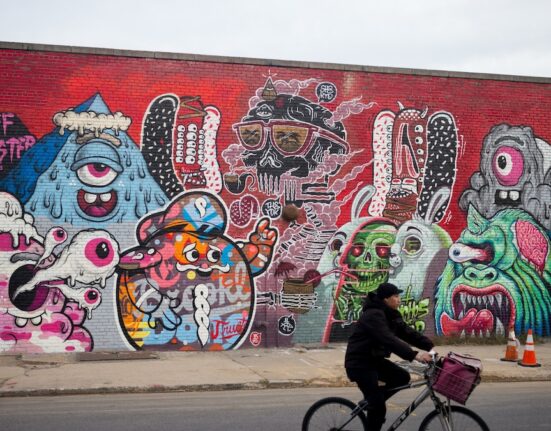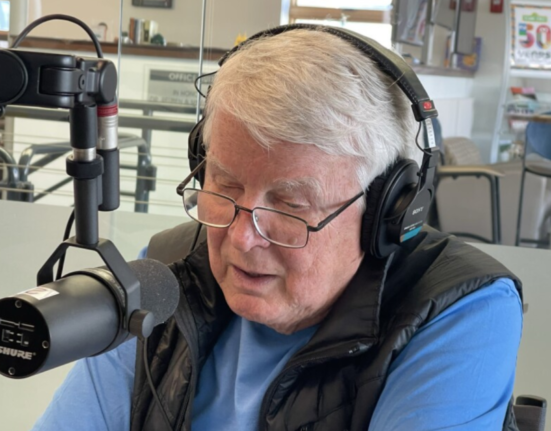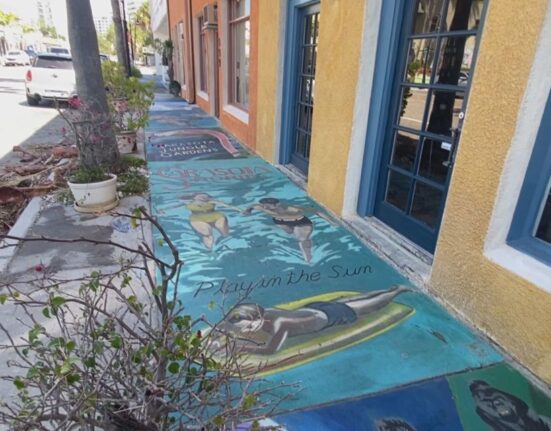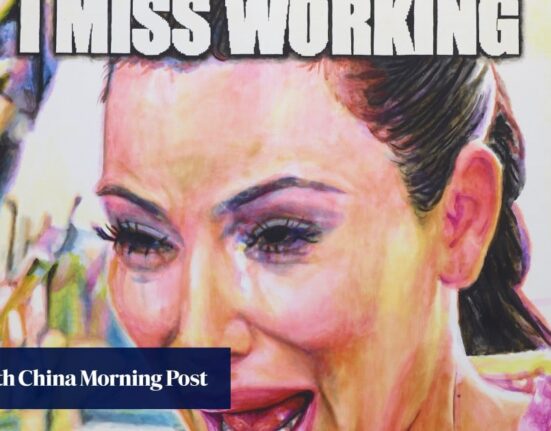In the 1970s, a group of Black women artists felt excluded from the white-dominated world of art and a male-dominated Black arts movement and decided to take matters into their own hands by creating a collective for Black women artists. Faith Ringgold and Dindga McCannon, along with Kay Brown, formed Where We At, which provided them with the artistic expression to create celebrated works such as “The American People Series #18: The Flag is Bleeding,” painted by Ringgold, and “Woman #1,” painted by McCannon. Where We At provided resources to those in prisons, shelters, and schools.
These two artists were able to discover a shared common ground struggle to balance creative pursuits with motherhood, and through their commitment to racial and gender equality, which is reflected in their artwork.
Faith Ringgold is best known as a painter, writer, speaker, mixed media sculptor, and performance artist. She is a professor emeritus at the University of California, San Diego, and taught art there from 1987 until 2002. Ringgold is the recipient of more than 75 awards, including 22 Honorary Doctor of Fine Arts Degrees. She currently resides and works in Englewood, New Jersey.
In the 1960s, Ringgold became a leader in a protest movement to open museums to works by artists of color because even though the museum was open to African Americans, it largely excluded women.
“I remember when I was young and I would go into a gallery to show my work. The gallery dealer would look at my legs but not my art,” said Ringgold.
These instances of gender inequality only empowered Ringgold. In an interview, she recalls when in the 1970s The Whitney Museum of American Art held biennials which only included a finite number of women, “like 2% of women.” Ringgold asked her daughter how many women she demanded that The Whitney put on display, which received an answer of 50%.
This led Ringgold to protest at The Whitney with other women demanding the same goal.
“We had police whistles that we blew, we had eggs. I boiled mine and painted them black and put 50% on mine,” said Ringgold. “It felt like we were doing something and we were a part of the movement in America to equalize things.”
Ringgold’s seminal work, an art form she invented called story quilts, was an Aunt Jemima quilt. She took this depiction of a southern mammy on a pancake box and transformed her.
“She becomes an entrepreneur and she’s just fabulous,” said Ringgold.
“The American People Series #18: The Flag is Bleeding,” was painted in 1967 and is currently on display at The National Gallery of Art. It depicts a bleeding American flag with a Black man, a White woman, and a White man interlocking arms, slightly shrouded behind the flag, with the Black man holding a knife which seems to have stabbed him in the heart. This painting is from a series of other Ringgold’s works, which carry the same message. They represent the rising racial tensions and political divisions in the 1960s.
Dindga McCannon is best known for paintings, quilts, prints, and sculptures, where she celebrates Black women through these mediums. She is also known as a pioneer of twentieth and twenty-first-century fiber art. She currently resides in Philadelphia, Pennsylvania.
Her work has been displayed at several prominent museums such as the Brooklyn Museum, NY; Whitney Museum of American Art, NY; Studio Museum in Harlem, NY; The Phillips Collection, Washington, DC; Schomburg Center for Research in Black Culture, NY; and many others.
Many of her works are inspired by the inequality faced by Black women in America, which she fiercely scrutinizes. The artwork depicts forgotten stories or heroines, and even her own family and friends. McCannon has created works honoring Black women leaders such as Sojourner Truth and Harriet Tubman.
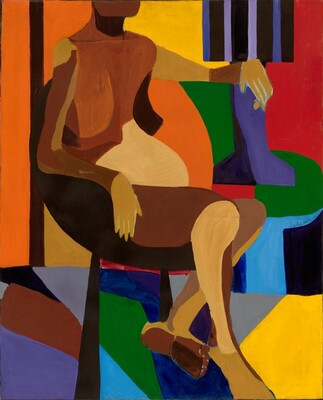
“Woman #1” is a piece that showcases McCannon’s experimentation with color and composition, which she calls “imaginative portraiture.” This painting depicts an abstract view of a pregnant woman sitting in a chair, and it was completed in 1977, a period when artists commonly steered clear of or rejected themes associated with motherhood.
“I’ve always equated my relationship with art with a long love affair. You know how you would do outrageous things for love, all throughout your life? This is how I feel about art. I’ve done some outrageous stuff, but, man, I’m still in love,” said McCannon in an interview with Studio International.


